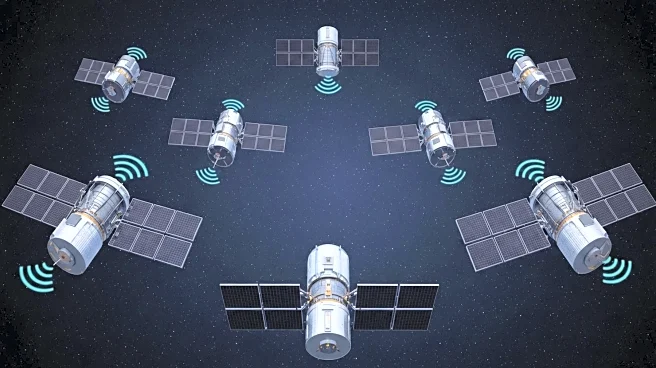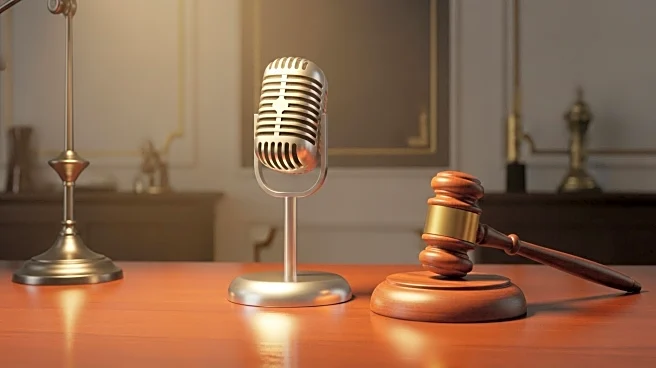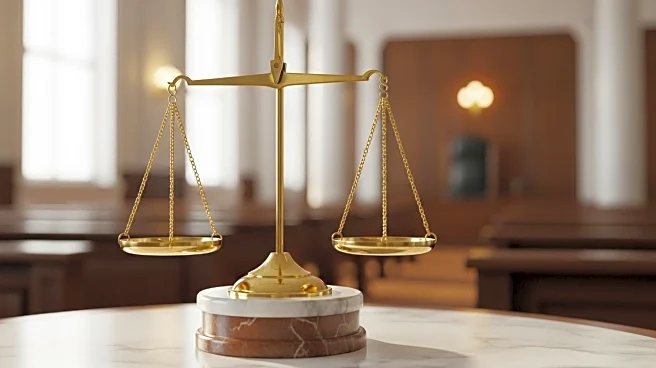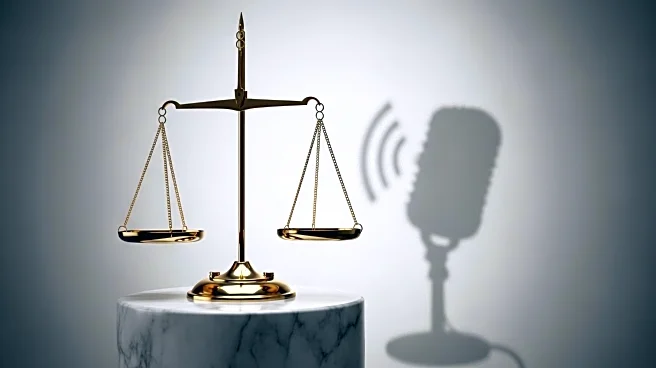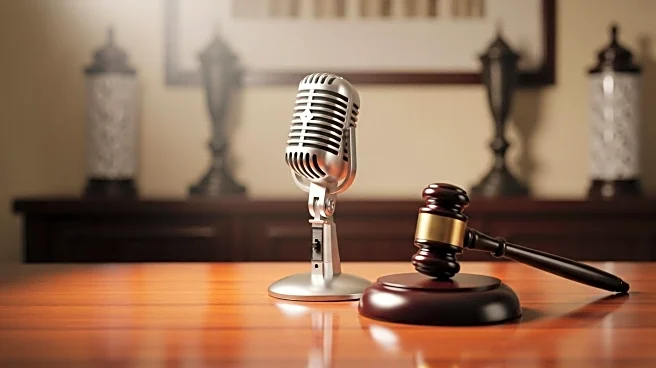What is the story about?
What's Happening?
Eleven industry organizations have called on the FCC to reconsider spectrum limits for LEO satellites, which were established to protect geostationary satellites. In a letter to FCC Chair Brendan Carr, the groups argue that lifting equivalent power-flux density (EPFD) limits would benefit consumers and the industry. The current limits cap radio signal strength from LEO satellites to enable spectrum sharing. Companies like SpaceX and Amazon support revising these rules, while geostationary operators favor maintaining them.
Why It's Important?
Revising EPFD limits could enhance internet access for rural communities and first responders, who rely on LEO satellites for connectivity during emergencies. It could also increase competition in the LEO satellite industry, lowering entry barriers for new players and improving service quality. The U.S. satellite industry could remain globally competitive by ensuring advanced technology is not restricted by regulations, potentially leading to lower prices and better services for consumers.
What's Next?
The FCC is reviewing the rules, but global regulatory changes are not planned until the ITU's World Radiocommunication Conference in 2027. Industry groups urge the FCC to champion this reform internationally, unlocking the full potential of LEO satellites. The outcome could significantly impact the satellite industry's regulatory landscape and service offerings.
AI Generated Content
Do you find this article useful?
